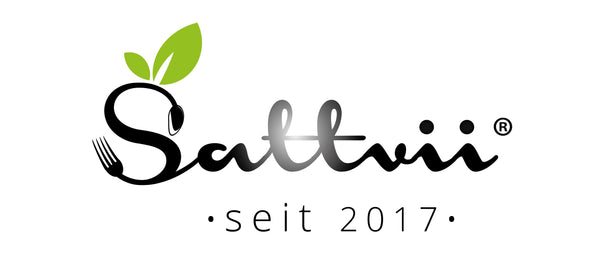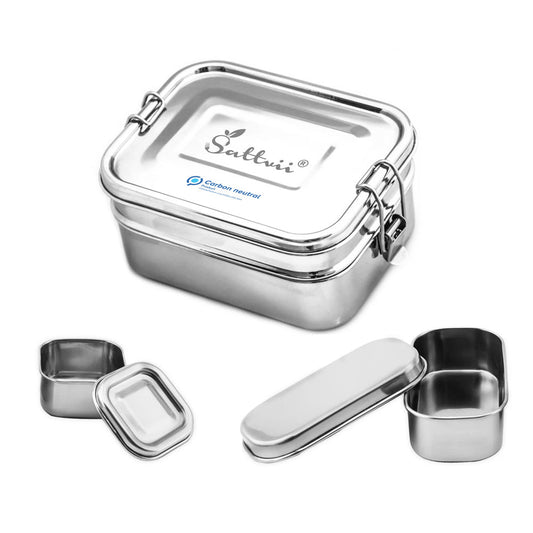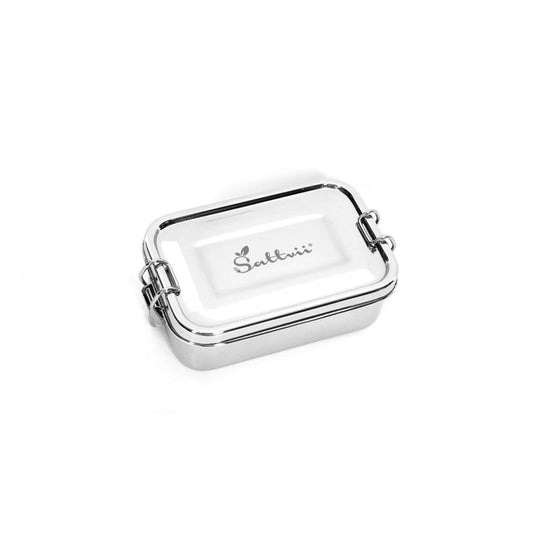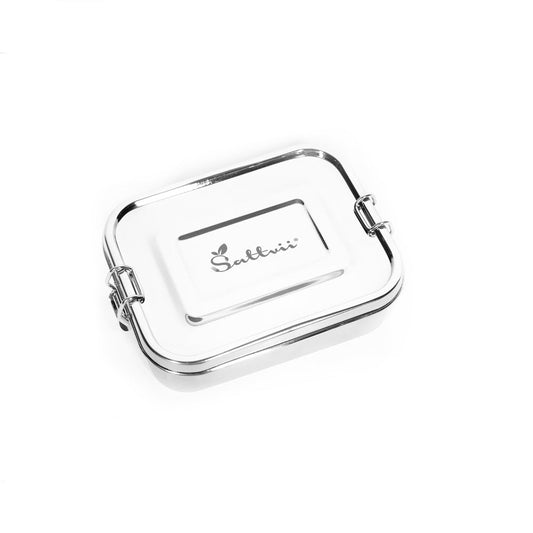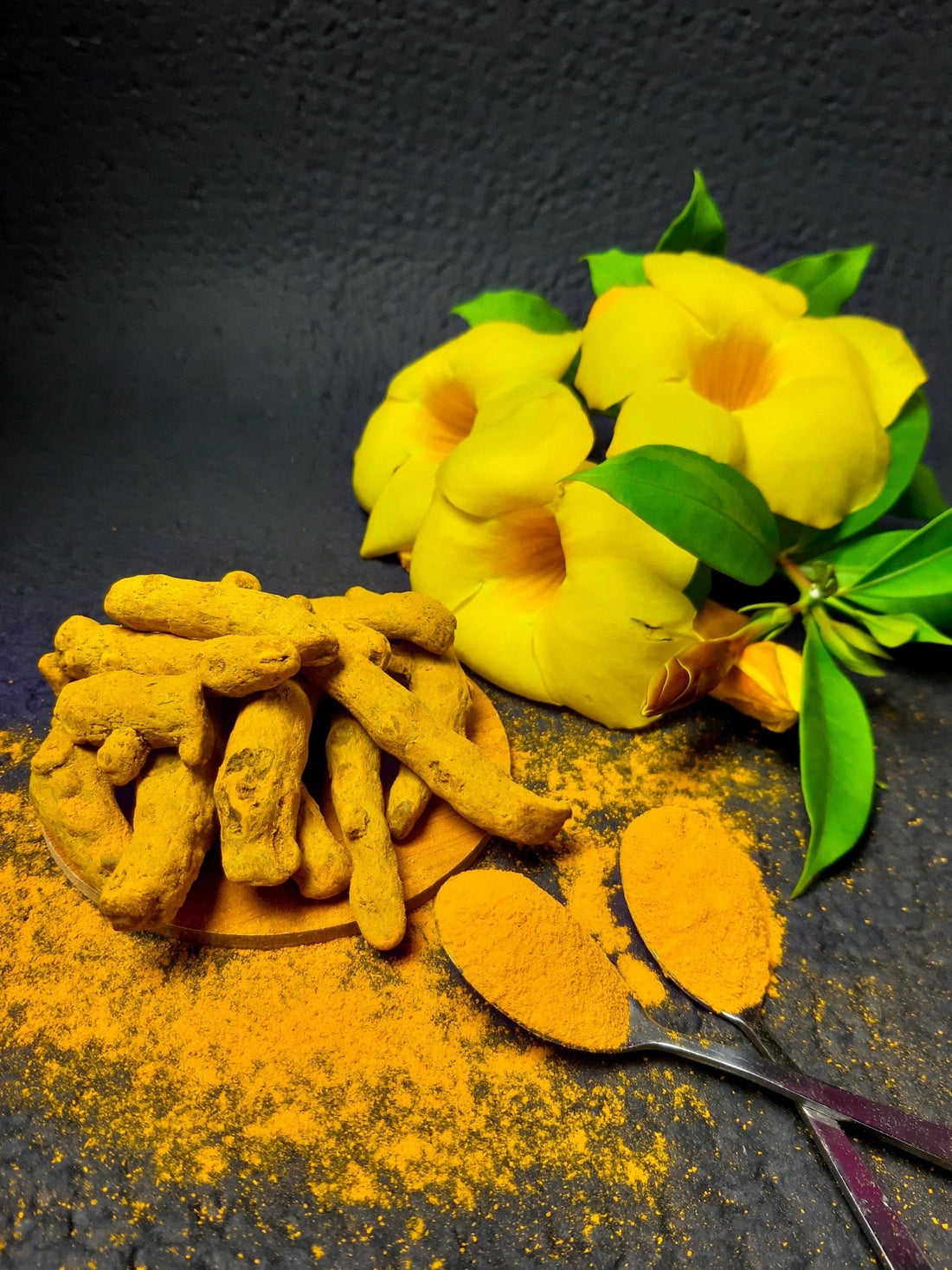
Ayurvedic nutrition - you need to know that!
shares
Ayurveda means "knowledge of life" and has been a recognized traditional medicine since 1976. Many healing, but also preventive methods are known in Ayurveda and their effectiveness has been proven according to western standards. The healing art is over 5,000 years old and comes from India. In Europe, too, the holistic teaching is finding more and more followers, because its positive effects on health are undisputed. Ayurveda combines aspects such as herbal medicine, nutrition, spirituality, enough sleep, yoga and massages to make people holistically healthier. Together, these factors lead to more physical and mental well-being, better fitness and health.
Also interesting:

What is typical about Ayurvedic nutrition?
Healthy nutrition plays the central role in Ayurveda; Basically, however, one has to say that followers of Ayurvedic teaching lead an overall healthier lifestyle. Food is seen as a remedy and the gut as the central hub of health. That is why the old Ayuvedic diet places special emphasis on eating slowly and in moderation. The stomach should never be completely full. It is important to bite, chew, swallow, lick and taste at meals, i.e. to perceive all the functions of eating. Food is combined in such a way that all flavors – salty, sour, pungent, bitter and tart – are present in one meal. In order for the digestion to work well, you must not drink anything for an hour before and after the meal. In Ayurveda, cooked foods are preferred because they are easier to digest. Some basic rules are: combine fruit with cooked foods, but don't eat acidic fruits with cheese and yogurt, milk with salty or sour foods, meat, fish, leafy greens, mustard, garlic, pomegranates, sesame seeds, or bananas. In order to meet the nutritional requirements of Ayurvedic cuisine, it relies on 10 herbs and spices, each of which has healing powers. Because it is fresh, balanced and aromatic, it tastes really delicious.
The three doshas in Ayurveda
Doshas are fundamental forces that permeate not only the human organism, but nature and the entire cosmos. As regulating forces, they restore balance in the body. The individual distribution of the Doshas determines the constitution of every human being, their physique, their mental and physical disposition, their metabolism and their eating habits. According to Indian healing arts, the doshas even have an influence on personality, likes, dislikes and temperament. Depending on which doshas are dominant, a distinction is made between the types Vata, Pita and Kapha. In addition, there are numerous mixed types. Only if the Ayurvedic diet is type-appropriate, i.e. suits your dosha type, can it prevent or even heal diseases. There are many different recipes that are not only geared to the doshas, but also specifically to the needs of certain diseases.
The following rules apply to Ayurvedic nutrition:
- You eat three meals a day and do not eat between meals (coffee with milk is also a snack).
- Do not eat again until the previous meal has been completely digested, i.e. after three hours at the earliest.
- The digestive system is most active around midday, so proteins should now be consumed, for example in the form of legumes.
- For dinner, only light warm meals such as soups, stews, vegetables or rice are eaten.
- Cooked foods are to be preferred. Even hard-to-digest foods can be better utilized by the body when cooked. Eggs, fish, meat, fatty foods, and cheese are considered heavy foods and should be avoided.
- Breakfast is also warm and consists of porridge with fruit.

The ancient Ayuvedic diet focuses on eating according to the doshas. Light warm and bitter dishes as well as high-quality herbs and spices play a major role. HOW you eat also plays a major role in healing theory. The aim of eating and behavior in Ayurveda is harmony with the biorhythm. Sports and exercise are expressly desired, because they counteract sluggishness and make you sweat, which is considered very positive.
Is the Ayuvedic diet transferrable to Europe?
No question, the Asian art of healing can be transferred very well to Europe, because all the necessary food and spices are available here as well as in other countries. The ancient Indian healing arts have endured in the modern world, even benefiting them as they reduce stress and keep you healthier. You don't have to follow the strictest rules of Ayurvedic practice to benefit from it. The most important thing is that you deal with Ayuvedic nutrition and give more thought to the preparation. The cool stainless steel boxes from Sattvii support you in living an Ayurvedic life, because they make it easier to take prepared food with you and save you a lot of time.
Ayuvedic nutrition for babies
We all know that baby food should be light, rich in vital substances and nourishing. This is exactly what applies to Ayuvedic nutrition, which also has a healing effect. Since it is so easily digestible, it is suitable for everyone, but especially for the elderly, people in convalescence and infants. Warm grain porridge is indispensable in Ayurvedic cuisine. It is seasoned with cardamom, ginger, turmeric and/or cinnamon. Milk refined in this way is also an important part of Ayurvedic baby food. After all, Indian mothers have been doing this for thousands of years and their children are thriving. Ayurvedic cuisine can be easily integrated into everyday life because there are no strict dogmas. In addition, the dishes are perfect to take away, which is particularly important in a household with a baby. The practical division of our stainless steel lunch boxes into individual compartments ensures that what should not be mixed up stays separate.Sattvii partition stainless steel boxes have soft clips so that nothing is guaranteed to leak and are of course also suitable for kindergarten, school and Office ideal.

Ayurvedic nutrition today - much more than a trend
Since health-conscious behavior has become a way of life for more and more people, Ayurveda meets the zeitgeist perfectly. Ayurveda fits perfectly into modern times and has a testing phase of several 1,000 years behind it. So we don't take any risks. What is propagated here is demonstrably beneficial to health. Today's healthy lifestyle includes not only a healthy diet, but also exercise, sport and other forms of stress reduction. "Slowing down everyday life" is a buzzword that everyone can relate to. You can also achieve this with Ayurvedic methods such as yoga, massages, meditation and exercise in the fresh air. A major advantage of Ayuvedic nutrition is that it is easy to implement. The recipes are designed for all doshas and you don't need to try cooking. Every meal succeeds and helps you to get into balance.
Low Carb Meal Prep – Ayuvedic nutrition to go
Ayurvedic meals restore your inner balance and even regulate your hormonal balance. An Ayurvedic Low Carb Prep Meal is very easy to prepare and is perfect to take to work. You don't necessarily have to have diet intentions for this. Light meals are not heavy on the stomach, so you are still productive in the afternoon. "Prep" is the abbreviation for the English word preparation and means preparation, low carb means low in carbohydrates. Vegetables, legumes, fruits and grains are the most important foods in the Ayurvedic diet. Since you shouldn't heat anything, since warmed up food contains fewer nutrients, the focus here is on fresh preparation. Curries, stews are best and, well separated from each other, can easily be taken away in a box. The high-quality stainless steel lunch boxes from Sattvii are ideal for this. So you can do without canteen food and easily organize your everyday life in an Ayurvedic way. Everything stays nice and fresh in the individual compartments, just as Ayurvedic cuisine envisages. One can only say: Bon appetit!

